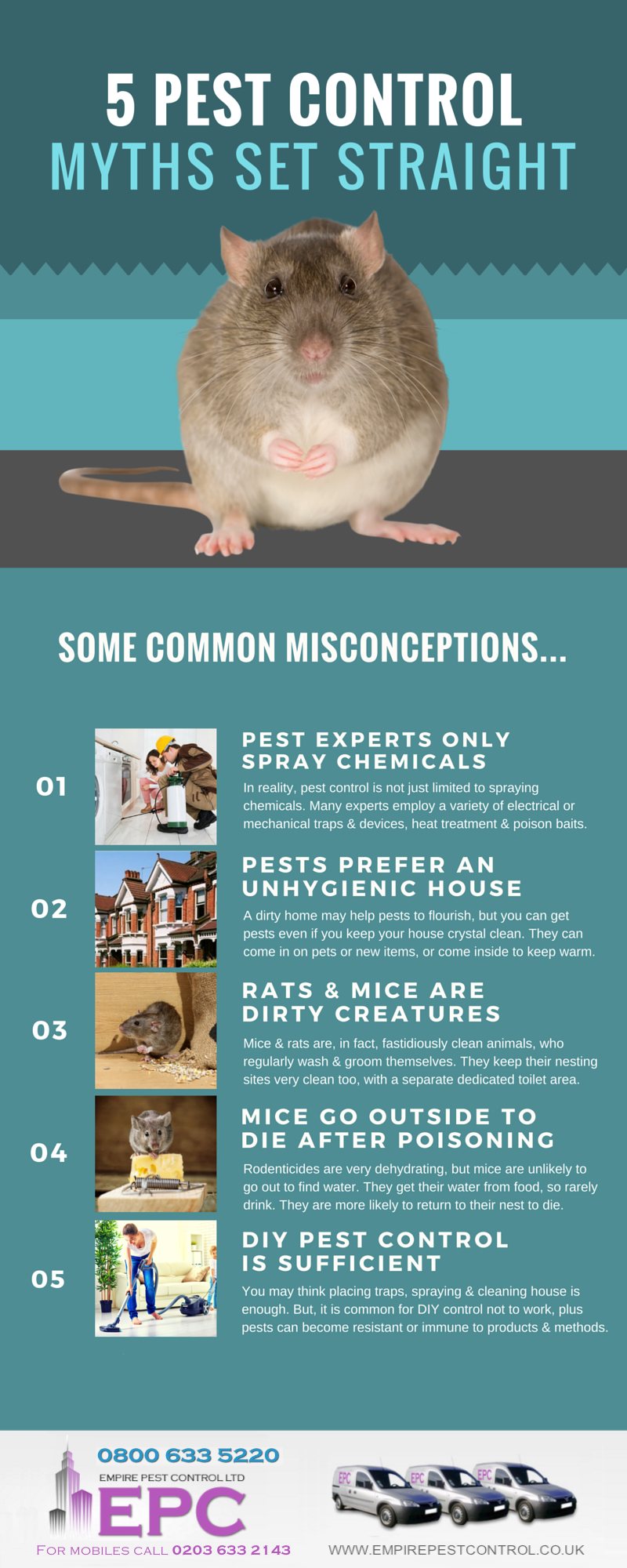The Duty Of Bug Exterminators In Environmental Sustainability
The Duty Of Bug Exterminators In Environmental Sustainability
Blog Article
Content Author-Yates Sejersen
You may think that insect exterminators are just concerned with removing bugs, however their function exceeds that. They play an important part in environmental sustainability.
By utilizing incorporated bug management methods, they not only do away with bugs however additionally guard biodiversity.
In addition, they use lasting bug extermination approaches to reduce ecological threats.
So, following time you wonder about the value of parasite exterminators, remember their contribution to a greener and much healthier planet.
The Value of Integrated Insect Administration
You ought to understand the relevance of incorporated pest administration in keeping a lasting atmosphere.
Integrated Insect Monitoring (IPM) is an approach that concentrates on preventing and controlling pests while reducing the use of hazardous chemicals. By carrying out IPM approaches, you can properly manage pest populaces without creating harm to the atmosphere.
Mechanical control of IPM is the use of biological controls, such as predators and parasites, to normally manage pest populaces. Mechanical control decreases the requirement for chemical pesticides, which can have destructive effects on wild animals and ecosystems.
Furthermore, IPM promotes using social and physical controls, such as crop rotation and exclusion techniques, to stop bugs from ending up being an issue in the first place.
Shielding Biodiversity With Insect Control
We can safeguard biodiversity with reliable bug control techniques that prioritize the conservation of natural environments. By employing accountable parasite control methods, we can secure and preserve the fragile equilibrium of varieties within our setting. Right here are 3 methods which pest control contributes to protecting biodiversity:
- ** Protecting indigenous flora and fauna ** - By targeting intrusive species that threaten native plants and animals, bug control aids make sure the survival of aboriginal species and maintains the all-natural variety of environments.
- ** Protecting against the spread of conditions ** - Managing parasites such as mosquitoes and ticks decreases the threat of diseases spreading to wild animals populations, shielding biodiversity and stopping potential break outs.
- ** Saving jeopardized varieties ** - By managing insects that take advantage of or take on endangered types, pest control efforts can improve the possibilities of survival and promote the recovery of prone populations.
Green pest control methods , we can actively contribute to the preservation of biodiversity and the sustainability of our environment.
Mitigating Environmental Risks With Sustainable Parasite Extermination Techniques
By using lasting parasite extermination methods, you can efficiently alleviate ecological threats while guaranteeing the safety and well-being of both humans and the all-natural environment. Conventional insect control methods commonly involve making use of damaging chemicals that can have destructive effects on the environment.
However, sustainable parasite extermination approaches focus on reducing these threats by making use of eco-friendly options. For example, integrated parasite administration (IPM) approaches focus on the use of non-toxic and biodegradable items, as well as natural predators to regulate pest populaces. This approach not just minimizes the adverse impact on the atmosphere but likewise assists to preserve the fragile balance of the ecological community.
In addition, sustainable insect extermination methods advertise the conservation of biodiversity by targeting specific parasites without hurting beneficial organisms. By embracing these techniques, you can add to a more sustainable and green strategy to pest control.
Conclusion
You are the pest exterminator, the guardian of nature's consistency. With integrated parasite management, you stabilize the fragile community, ensuring the survival of varied species.
With sustainable techniques, you minimize ecological risks, keeping the delicate equilibrium intact.
Like a harmony conductor, you orchestrate the rhythm and circulation, safeguarding the biodiversity that dances in best consistency.
With every action you take, you create a globe where nature flourishes, where parasites retreat, and where sustainability reigns supreme.
